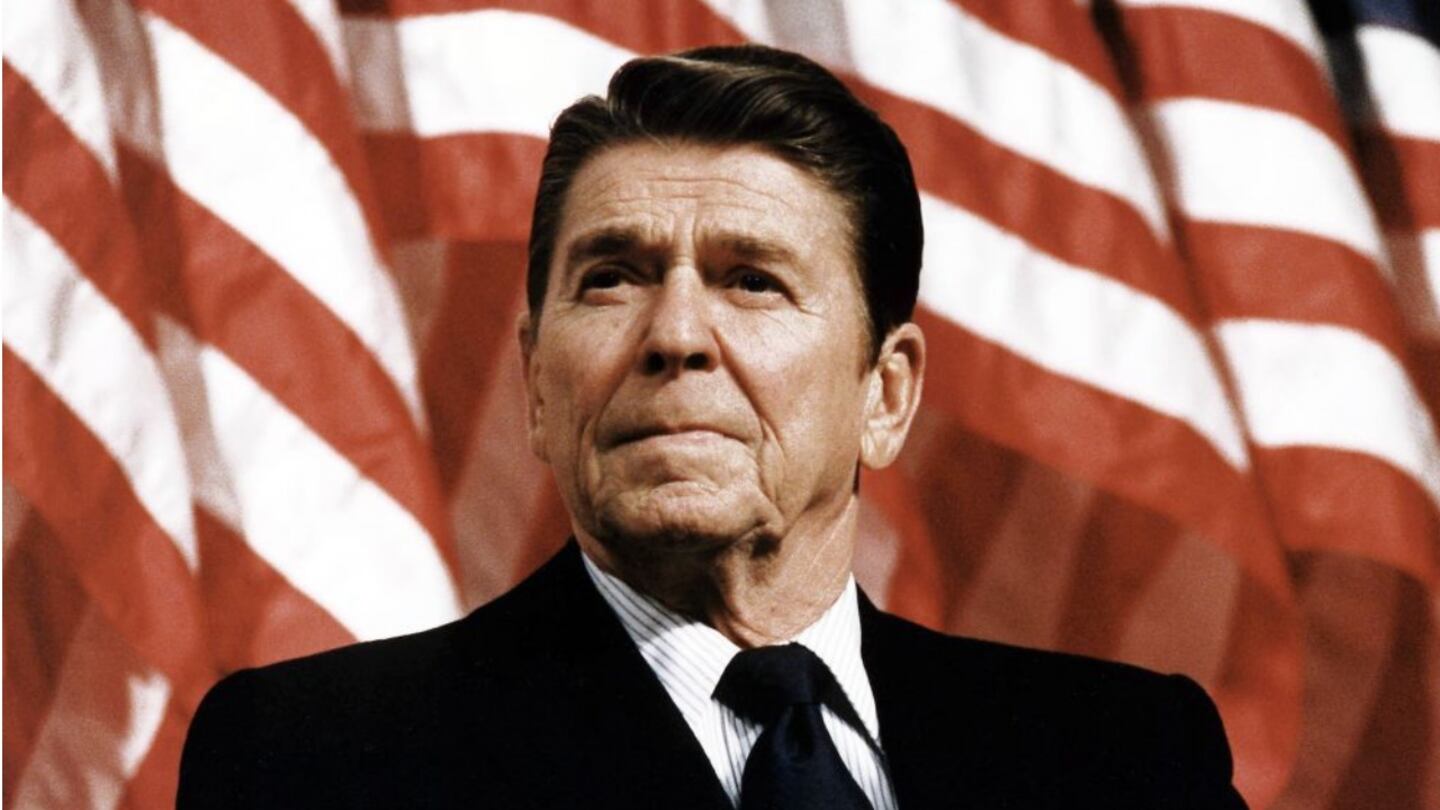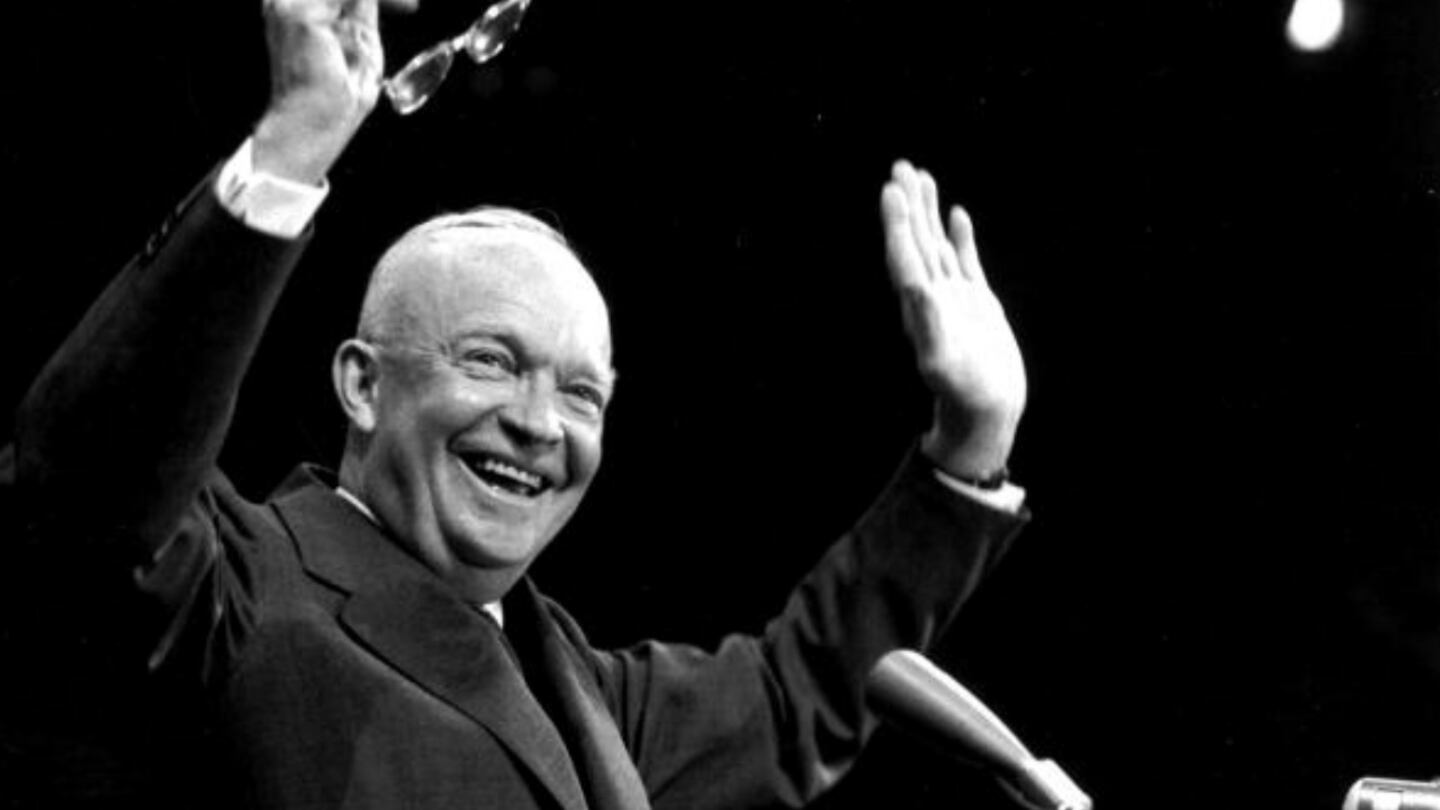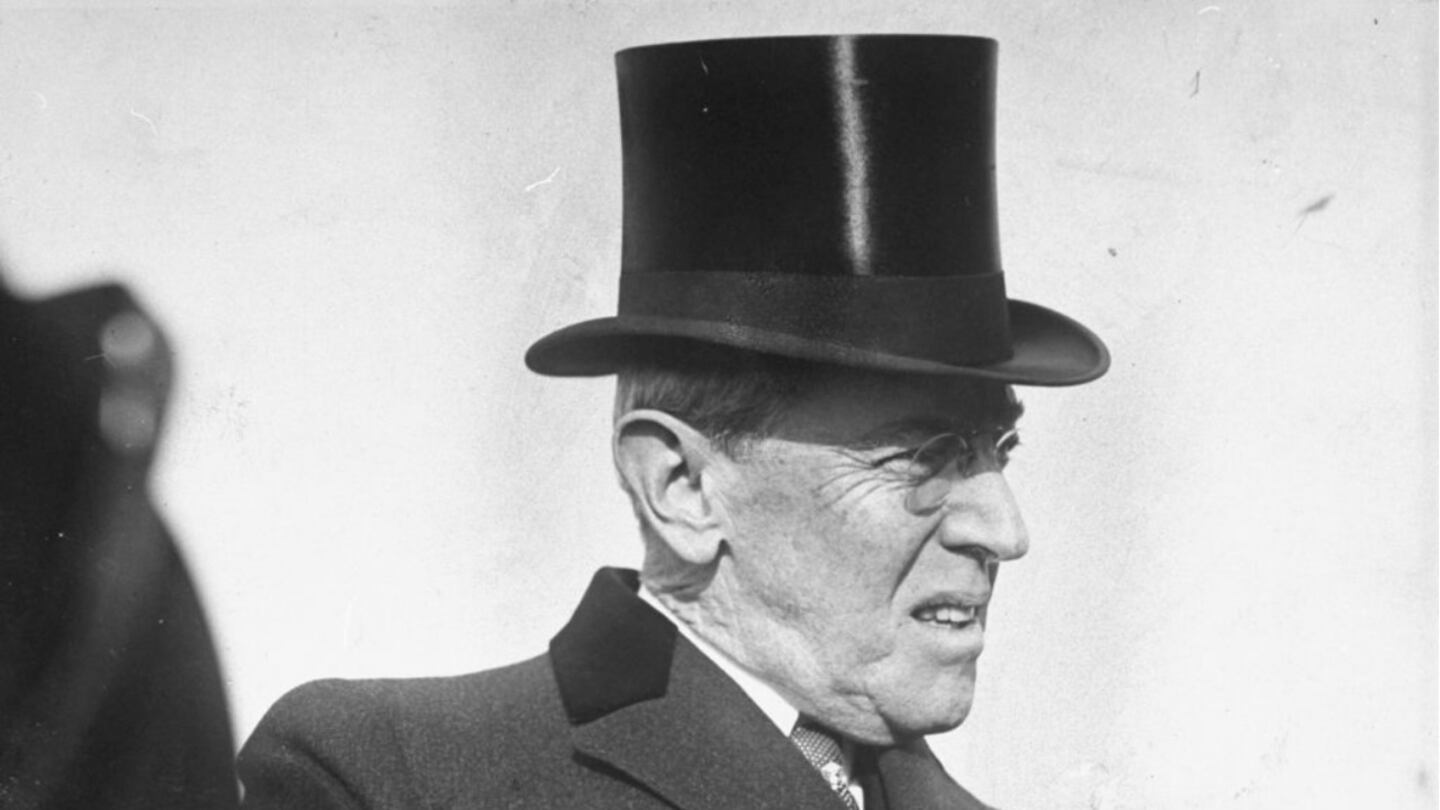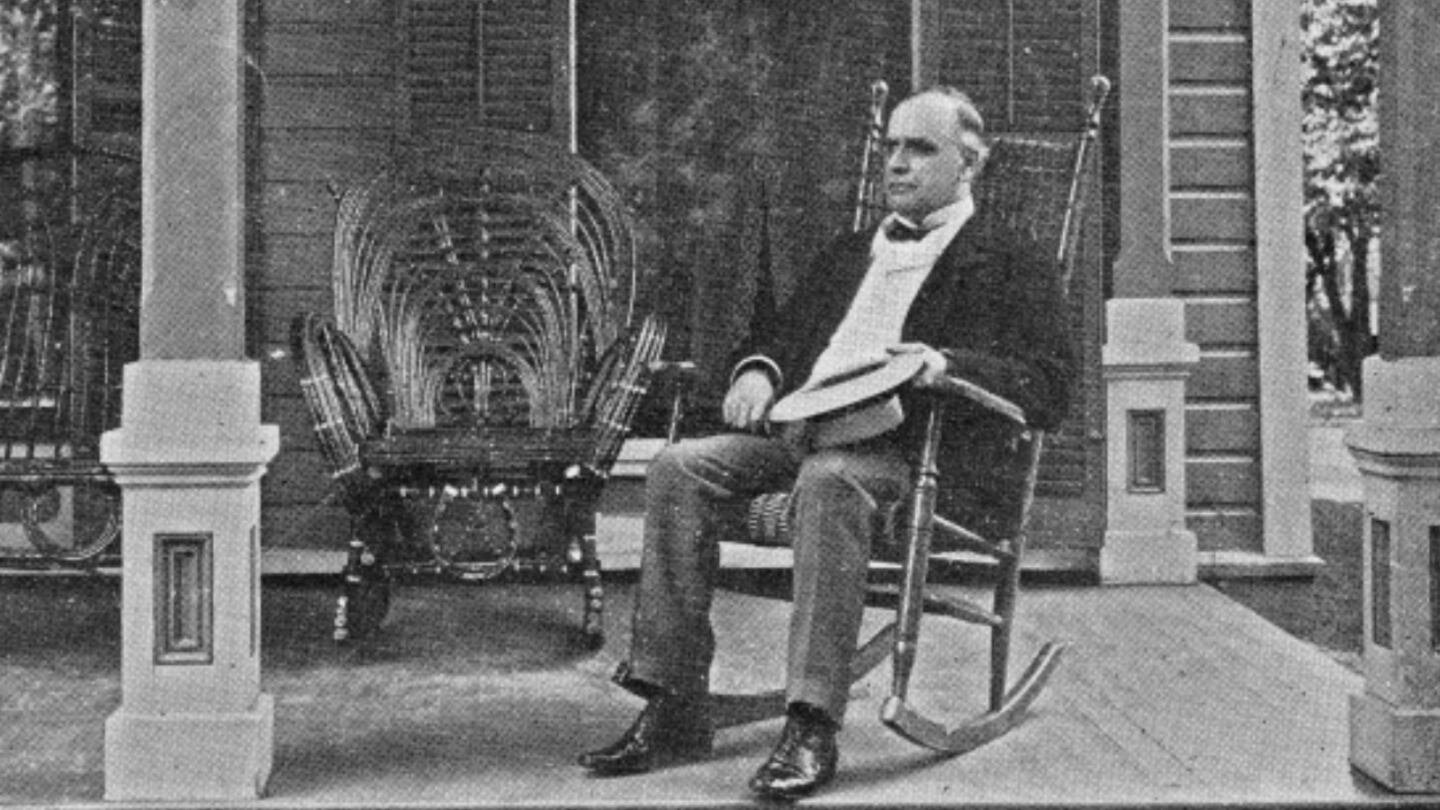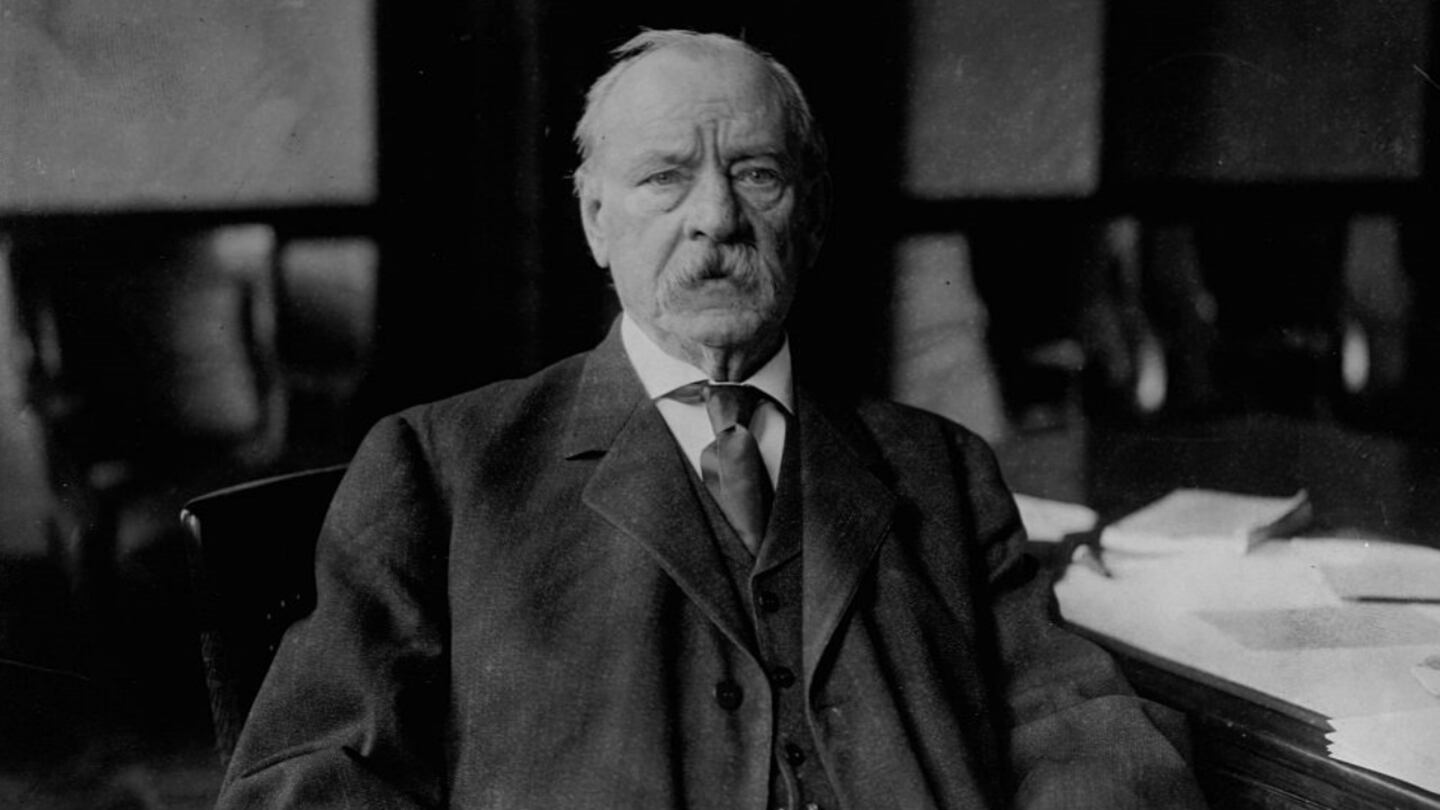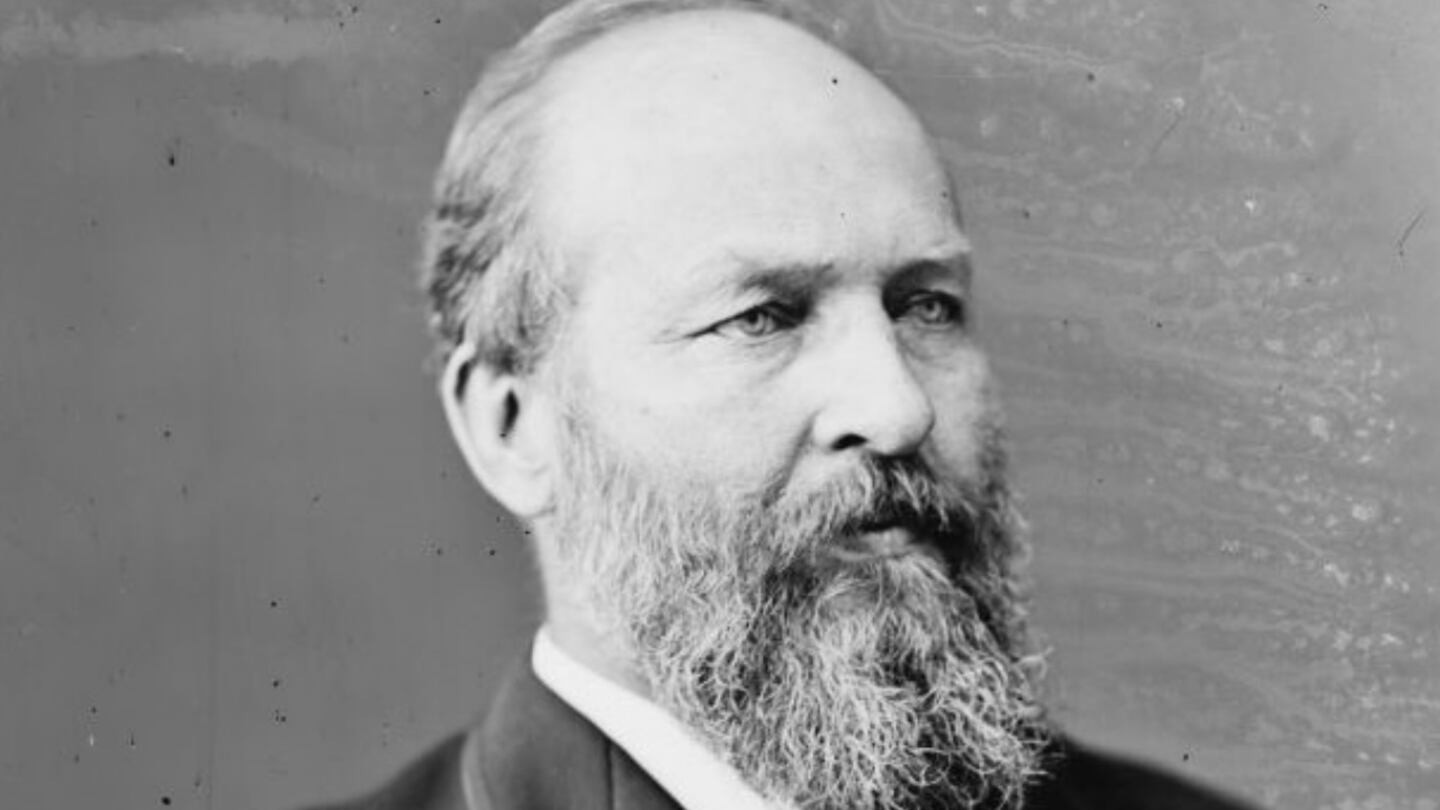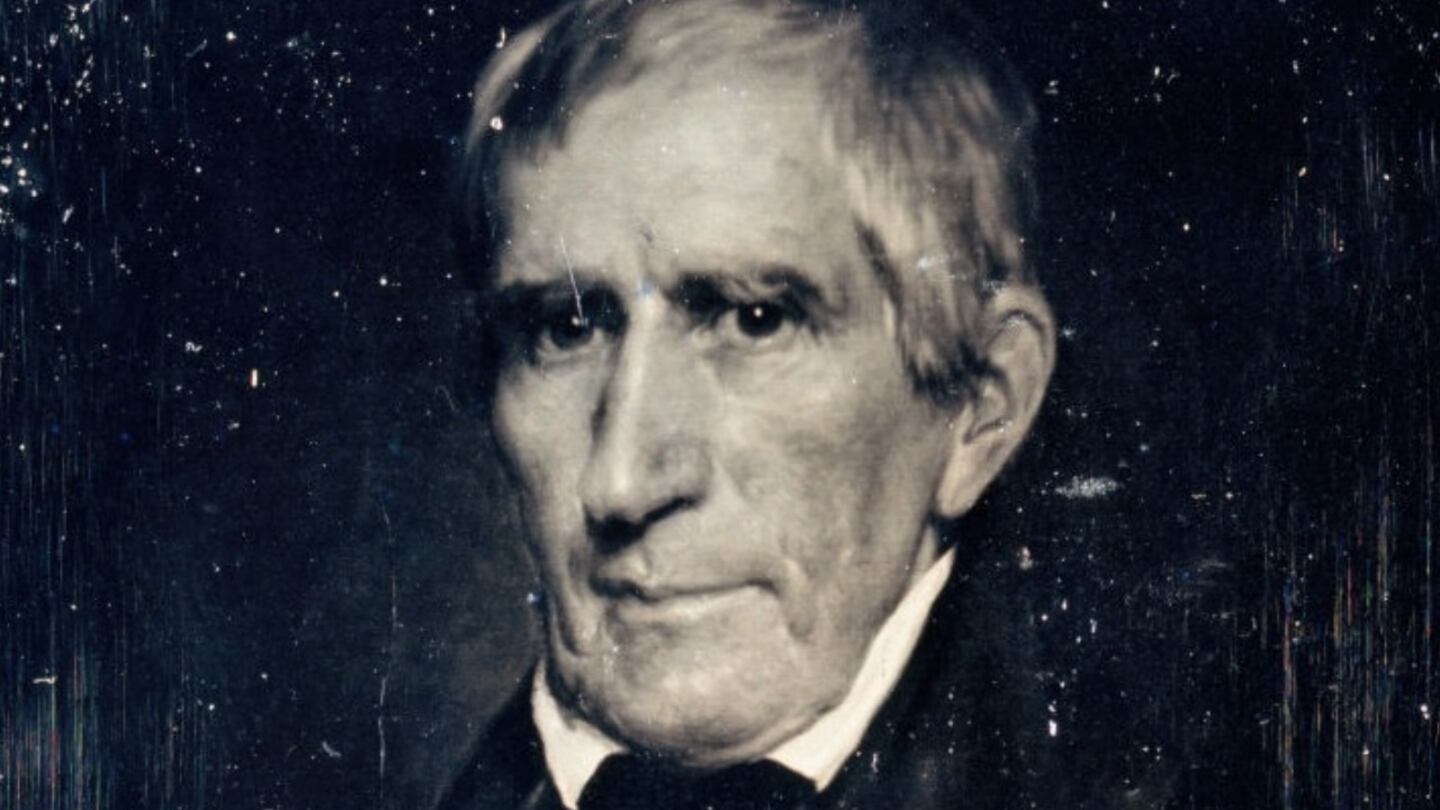Donald Trump’s tweet early Friday that he tested positive for the coronavirus is the latest example of a president’s health causing national concern.
There are several examples throughout history, from William Henry Harrison’s death after 30 days in office, Woodrow Wilson’s incapacitation after a stroke, Dwight D. Eisenhower’s heart attack and the attempted assassination of Ronald Reagan in 1981.
In 2002 and 2007, President George W. Bush invoked the 25th Amendment to transfer power to Vice President Dick Cheney while Bush underwent routine colonoscopies, The Washington Post reported. The relinquishment of executive authority lasted only a couple of hours each time, the newspaper reported.
Here is a look at presidential health crises.
Ronald Reagan
Ronald Reagan was fewer than 100 days into his first term as the nation’s 40th president when John Hinckley Jr. attempted to assassinate him outside the Washington Hilton Hotel on March 30, 1981.
Reagan had just addressed the Building and Construction Workers Union of the AFL-CIO and was walking to his limousine when Hinckley, 25, opened fire with six shots from a .22 caliber revolver.
Hinckley’s first shot hit White House Press Secretary James Brady in the head, leaving him partially paralyzed. Also wounded were District of Columbia police officer Thomas Delahanty and Secret Service Agent Timothy McCarthy.
All six of Hinckley’s shots missed Reagan, but the last shot ricocheted off the limousine and hit Reagan in the left underarm, lodging in his lung.
Reagan’s wound was more serious than originally thought, but the Gipper still maintained his sense of humor.
“Honey, I forgot to duck,” Reagan told his wife, Nancy Reagan, as he was taken into surgery. He also told the doctors that he hoped they were Republicans.
Dwight D. Eisenhower
Dwight D. Eisenhower, the nation’s 34th president, suffered a heart attack on Sept. 24, 1955, in Denver. He was a month shy of his 65th birthday.
Eisenhower, a national hero from World War II, was originally diagnosed with indigestion by his physician, but the heart attack was serious and he spent seven weeks in the hospital.
Eisenhower was discouraged from running for reelection by a prominent cardiologist, but he ignored that advice. In February 1956, doctors gave Ike a clean bill of health and he decided to run for a second term. He was reelected easily in November 1956.
Eisenhower had another medical issue in 1956, when he was diagnosed with Crohn’s disease, a serious gastrointestinal disorder. He needed surgery and then suffered a stroke in 1957.
Eisenhower recovered again and was able to finish his term, which ended in 1961.
Woodrow Wilson
Thomas Woodrow Wilson, the nation’s 28th president, suffered a near-fatal stroke on Oct. 2, 1919. Wilson lived until 1924, but he never fully recovered.
Wilson was found sprawled on a White House bathroom floor by his wife, Edith Galt Wilson. The President had suffered a collapse on Sept. 25, 1919, in Pueblo, Colorado, part of a nationwide speaking tour as he stumped the country attempting to push his idea of the United States joining the League of Nations. Wilson returned to the White House, where he suffered his most serious stroke.
Wilson was confined to his bed for the next few weeks, and access to the President was limited to his wife and physician. Until he left office in 1921, Wilson and his doctors kept his condition hidden from the public.
Edith Wilson shielded her husband from visitors and began a “bedside government” that excluded Wilson’s staff, Vice President Thomas Marshall, the Cabinet and the Congress.
The 25th Amendment later rectified this ticklish problem, but in 1919 there were no clear constitutional guidelines of what to do when a president was incapacitated.
Known later as “Madame President,” Edith Wilson helped steer the government for 17 months until Warren G. Harding took office.
William McKinley
William McKinley, the nation’s 25th president, was shaking hands at Buffalo’s Pan-American Exposition on Sept. 6, 1901, when he was shot by Leon Czolgosz, a former steelworker who was an avowed anarchist. McKinley, 58, was greeting well-wishers at the Exposition’s Temple of Music when Czolgosz approached with his right hand wrapped in a handkerchief. He fired two bullets from a .32 caliber handgun.
One bullet bounced off McKinley’s suit buttons and hit his sternum, causing minor damage. The second bullet struck his abdomen and passed through his stomach.
McKinley initially appeared to be recovering after undergoing emergency surgery, but his health declined quickly after he developed gangrene and blood poisoning. He died Sept. 14, 1901, and was succeeded by Theodore Roosevelt.
Grover Cleveland
Grover Cleveland was the only president to serve two non-consecutive terms in office. His health crisis was a secret to the American public.
Shortly after his inauguration in 1893, Cleveland noticed a small, rough spot on the roof of his mouth, The Washington Post reported. It was described by his physician, Maj. Robert O’Reilly, as “nearly the size of a quarter with cauliflower granulation.” By June 1893, it was larger, and a doctor diagnosed the tumor as cancer, the newspaper reported.
The American economy was in a downward spiral and was heading toward a depression, which would become known as the Panic of 1893. Cleveland correctly feared that if news of his health condition became public, the economic situation in the country would become worse.
“It’s a bad-looking tenant, and I would have it evicted immediately” White House physician Maj. Robert O’Reilly said.
Cleveland’s doctors decided to operate, but Cleveland wanted secrecy. He announced he was taking a four-day vacation aboard a friend’s yacht that would sail on the Long Island Sound and dock at Cleveland’s summer home at Cape Cod.
On July 1, 1893, Joseph Bryant, Cleveland’s surgeon, performed the 90-minute procedure, removing the President’s entire upper left jaw and five teeth. The surgery was a success but was not publicized until William Williams Keen, another of Cleveland’s surgeons that day, revealed the details of the operation.
James A. Garfield
James Abram Garfield, the nation’s 20th president, had been in office nearly four months when he was wounded in Baltimore on July 2, 1881, by Charles Guiteau.
Garfield was at the Baltimore and Potomac train station when Guiteau broke through a crowd of well-wishers and fired two shots. The first bullet grazed Garfield’s arm, but the second passed through the first lumbar vertebra of his spine and lodged in his abdomen.
It was a survivable injury, but well-meaning physicians at the train station made the wound worse by probing it with their unsterilized fingers and instruments, potentially causing an infection.
Garfield was taken back to the White House, where doctors to continued their agonizing probes. Even Alexander Graham Bell tried to help, using his newly invented metal detector to find the bullet doctors were unable to locate. Bell failed because the metal springs on Garfield’s bed interfered with the search, and the President’s doctor only allowed Bell to search the right side of the victim, where he believed the bullet had come to rest.
Garfield spent the summer battling high fever, chills and confusion. He was in agony as doctors widened his 3-inch-deep wound into a 20-inch incision, which soon became infected. He lost 80 pounds by the time a special train transported him to his seashore cottage at Long Branch, New Jersey, on Sept. 6, 1881.
Garfield died Sept. 19, 1881, and was succeeded by Chester Alan Arthur. Guiteau was convicted in the assassination and was executed by hanging on June 20, 1882, in Washington, D.C.
Guiteau, who pleaded not guilty by insanity, noted that “the doctors killed Garfield. I just shot him.”
Zachary Taylor
Zachary Taylor died July 9, 1850, after a brief illness. “Old Rough and Ready,” the nation’s 12th president, died five days after attending Fourth of July festivities for the dedication of the Washington Monument. According to several sources, Taylor ate a large amount of cherries and drank some iced milk. Taylor, upon returning to the White House, then drank several glasses of water.
In 1991, Taylor’s remains were exhumed for DNA testing to determine if he had been poisoned, The New York Times reported. His body was temporarily removed from his crypt at the Zachary Taylor National Cemetery in Louisville, Kentucky. Taylor’s remains were the first of any president to be exhumed and were returned to the cemetery later in the day, Jefferson County coroner Richard Greathouse told the Times.
Clara Rising, a former humanities professor at the University of Florida, asked for the DNA tests to settle the question of whether Taylor’s death was “natural” or whether the President was poisoned.
“The suspicions are really in the history books,” Rising told the Times. “Right after his death, everything he had worked against came forward and was passed by both houses of Congress.”
Taylor opposed the Fugitive Slave Act and the Compromise of 1850, two measures that would lead to the Civil War. It is very likely he would have vetoed both measures.
Oak Ridge National Laboratory performed neutron activation tests to detect arsenic on Taylor’s body, according to National Geographic. While traces were found, they were nowhere near lethal.
Taylor was succeeded by Vice President Millard Fillmore.
William Henry Harrison
Until Reagan was inaugurated in 1981, William Henry Harrison was the oldest president to be inaugurated. Harrison was 68 when he gave his Inaugural Address on March 4, 1841.
Harrison’s address was the longest in presidential history, at 8,460 words, and took 1 hour, 45 minutes to deliver. The ninth president spoke in cold, rainy weather and did not wear a hat or coat. After his speech, Harrison attended a round of receptions in his wet clothing, which resulted in a bad chill. Within days, Harrison had developed a cold, which worsened into pneumonia. He died April 4, 1841, 30 days after his inauguration, becoming the first president to die in office.
Harrison was succeeded by Vice President John Tyler, establishing a precedent for presidential succession.
Cox Media Group

